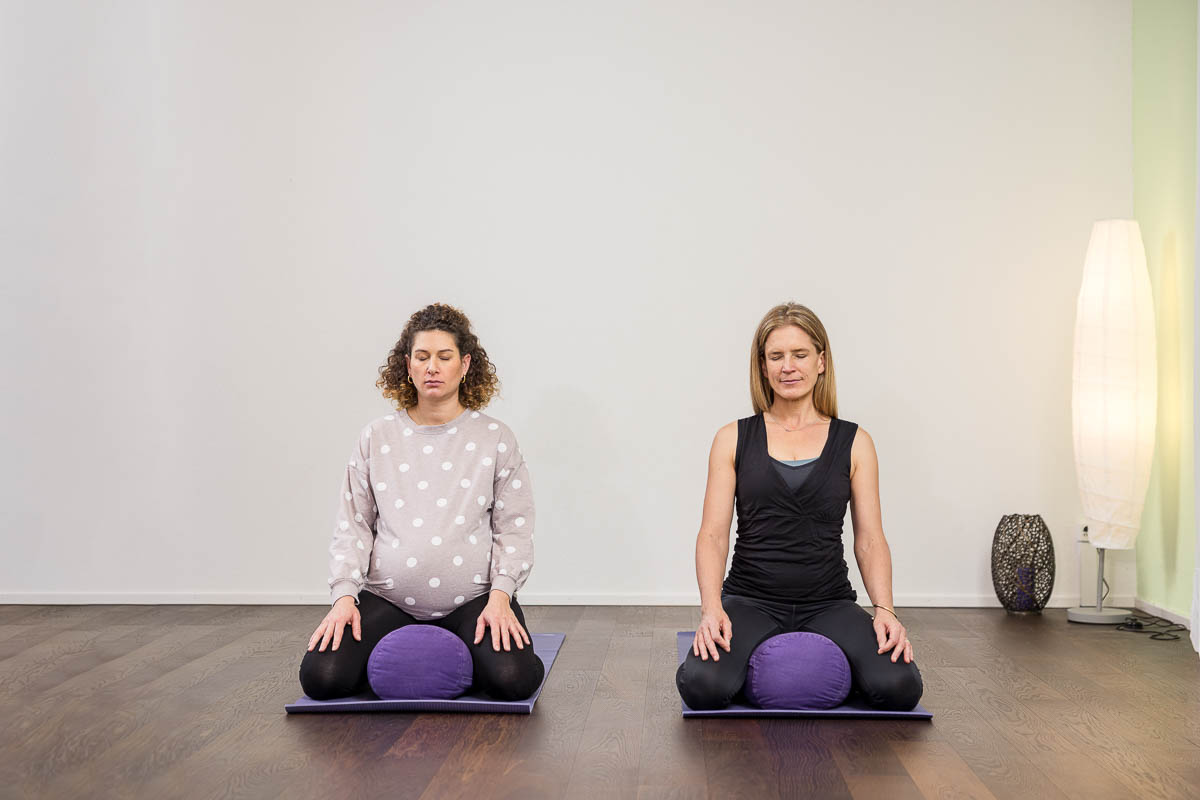by Imke Albrecht

A suction cup could change the shape of the baby’s head – this worry or myth crops up again and again in my antenatal classes here in Zurich. This is of course a frightening thought for parents-to-be shortly before the birth! Is there any truth to it or why is it told so persistently?
Suction cup cannot change the shape of the head!
Really not! But there is still some truth in this obstetrics myth. Babies who are helped into the world with a suction cup often have an elongated head shape in the first few hours and sometimes 1-2 days. But not because of the suction cup. But because of the birth process. And because of this, the obstetric team has decided to use a suction cup or VE (for vacuum extraction – sounds scary, I know). When baby heads are in the mother’s pelvis for a long period of hours, the soft head adapts to the inner shape of the pelvis. This is not a bad thing, but a clever adaptation mechanism of nature. And that is why births often work, even though heads appear large in relation to the mother’s pelvis. Sometimes, however, there are various reasons why it is decided to end the birth with a suction cup. We discuss all of this in detail in the antenatal class. One common reason, however, is that you decide to end the birth with a suction cup because of the long duration. The heartbeat sometimes also indicates that the baby is experiencing “birth stress” – another common reason for using the suction cup. If the head is deformed after the suction cup due to the duration of the birth, it then takes a while – between hours and 1-3 days – for the head to regain its genetic shape.
Negative imprint of the bell on the head
If you remove the bell after the baby is born, the negative imprint of the bell is on the scalp for the first quarter of an hour. If you forget to tell the parents, fathers in particular look quite shocked at first. But the scalp smoothes out again after a few minutes. A red mark, a hematoma remains for a few days. I know from the Triemli Hospital that children are monitored for signs of pain for the first few days and given painkillers if necessary. However, this is not usually necessary. I know that osteopaths often offer treatment after caesarean sections or suction bells. recommend. Of course you can do that. My experience and conviction is that babies are generally made for births – even for more difficult ones – and that children will compensate for a pull by bell or caesarean section without therapy.
Is a suction cup gentler than a caesarean section?
Yes! Whenever possible, it is much better to use a suction cup than to have a caesarean section. There is no need for anesthesia, no operation in the sense of a caesarean section. But of course only if the conditions are met and an uncomplicated process is to be expected. The method was developed in the 18th century. A caesarean section was extremely rare at that time and was associated with a very high mortality rate for mother and child. There, births were terminated with suction bells, where today a caesarean section would be performed in any case. However, if the suction cup is used according to today’s criteria and only when strictly indicated, then it is really nothing to be afraid of, but often a small help for mother and child, which saves both a lot of time and effort, and often saves the babies “birth stress” in the end. This stress can be seen/heard above all in the baby’s heartbeat. Nevertheless, the suction cup is usually quicker and gentler than a caesarean section at the very end of the birth and is a huge advantage, especially for the next birth. Nothing to be afraid of! Reduce fears and explain realistically but positively so that you can prepare well. That’s what birth preparation is all about. And on the subject of a deformed head: I’ll talk about how you should position your baby in the first few weeks.
My courses
Similar posts
As a midwife and lactation consultant in the postpartum period, I see a lot of parents who overshoot the mark in their desire to do everything perfectly. Or simply can’t see the wood for the trees because of all the controversial answers. The topic of “sterilization” is a small example where I often think that
For some years now, it has been recommended that expectant parents have themselves vaccinated against pertussis during pregnancy. As a midwife, I am often asked in my antenatal classes whether I recommend the pertussis vaccination or not. What is pertussis? Pertussis is the technical term for whooping cough. I myself have never experienced this disease
The uterus is both your baby's protective cocoon and the muscle with the "Ferrari muscle fibers" that will push a 3.5 kilo child through your pelvis at birth. 2 totally contradictory tasks that the organ has to perform. A homage.







